Corsair HX1200 PSU Review
Why you can trust Tom's Hardware
Packaging, Contents, Exterior & Cabling
Packaging

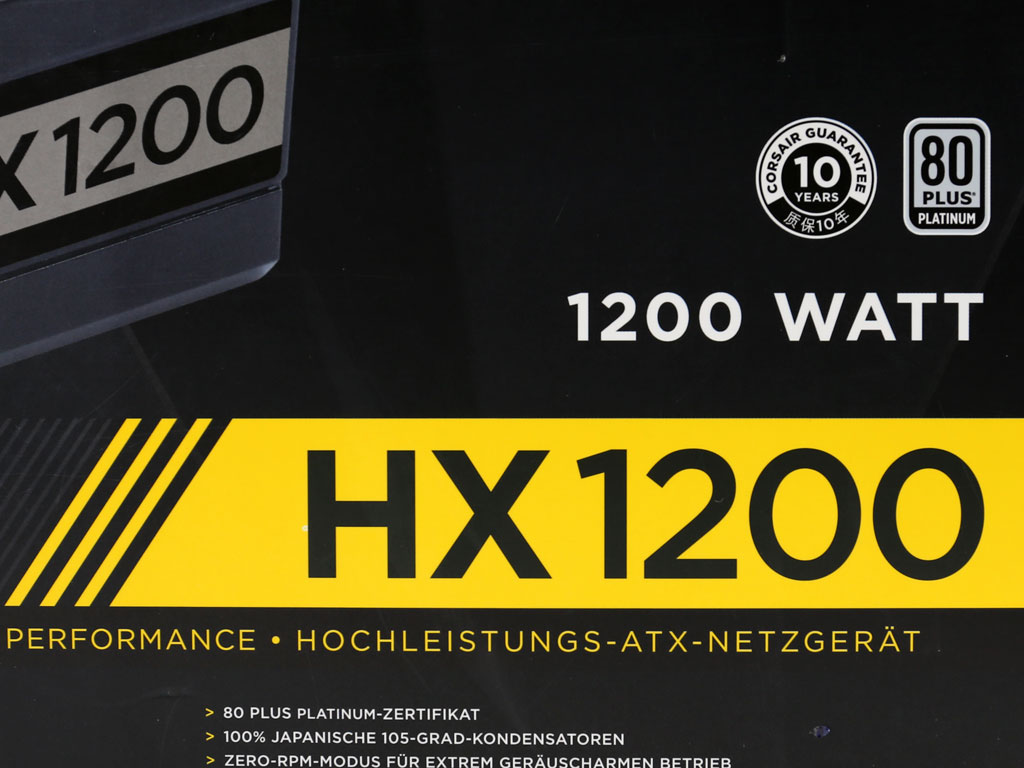
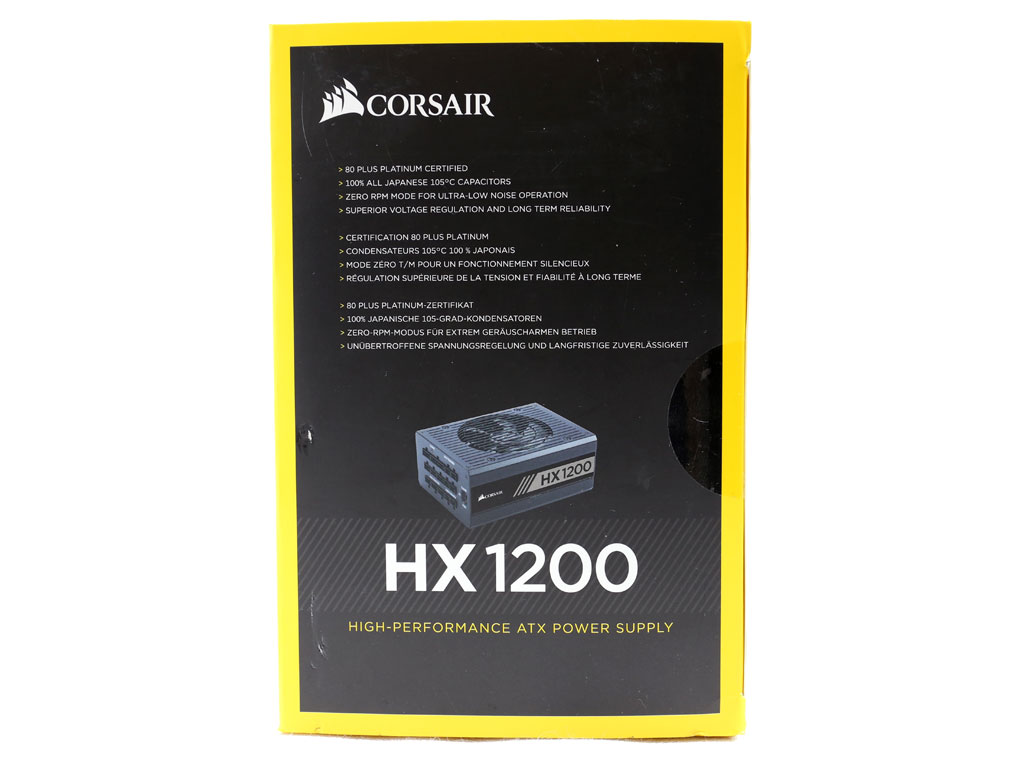
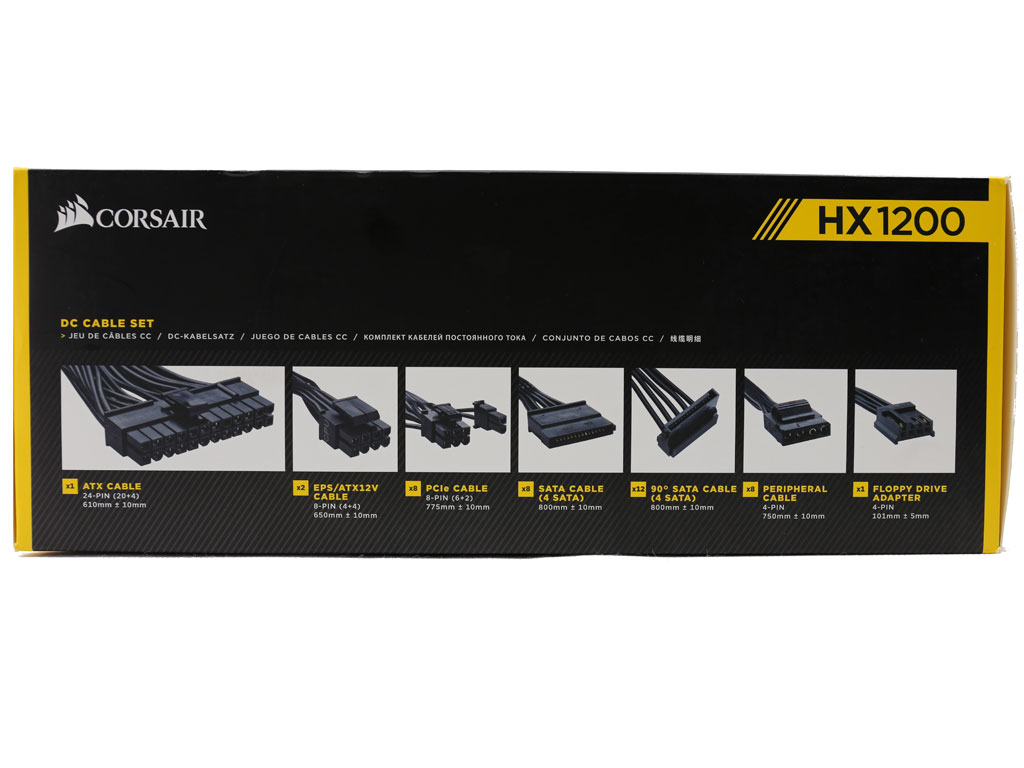
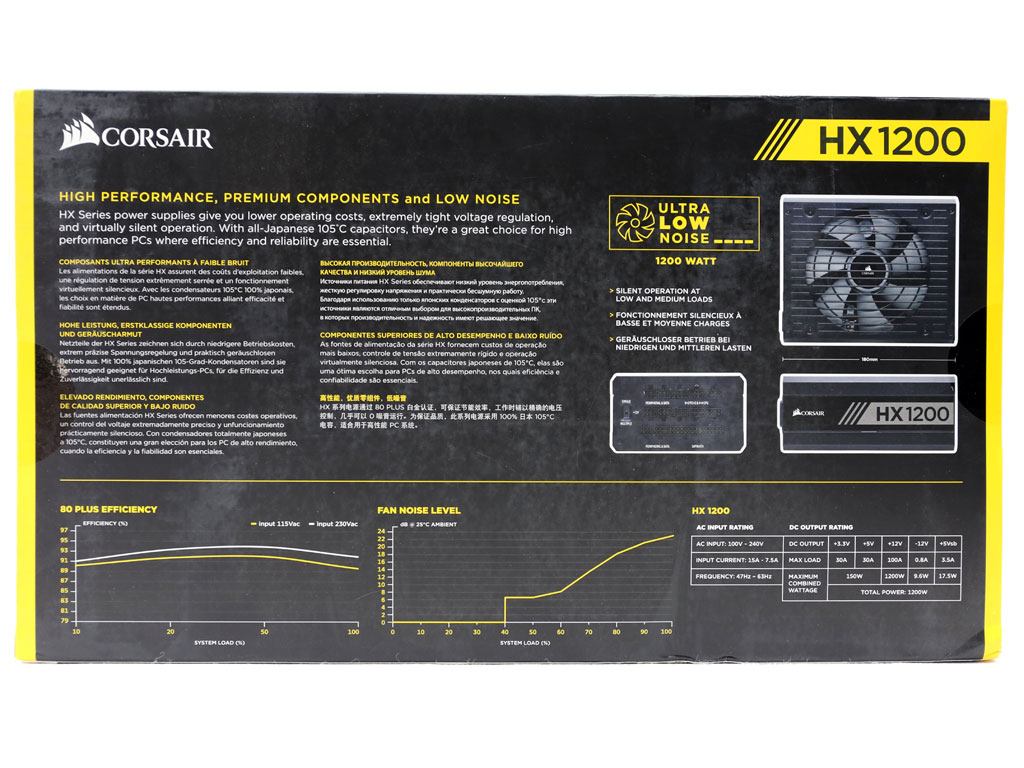
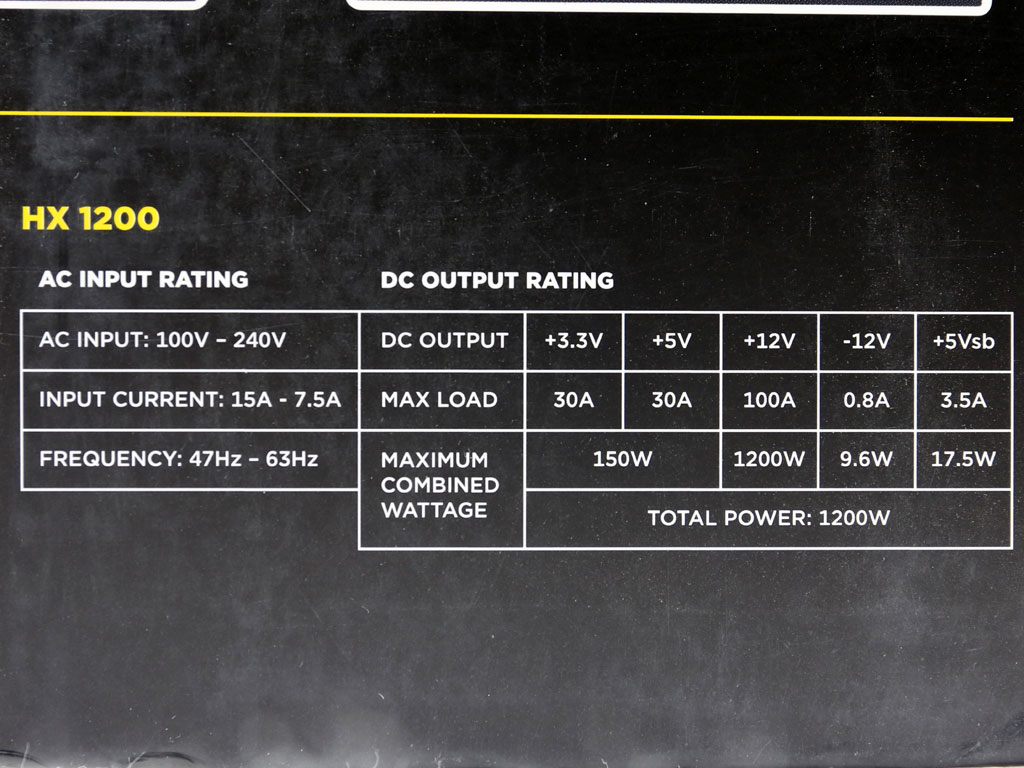
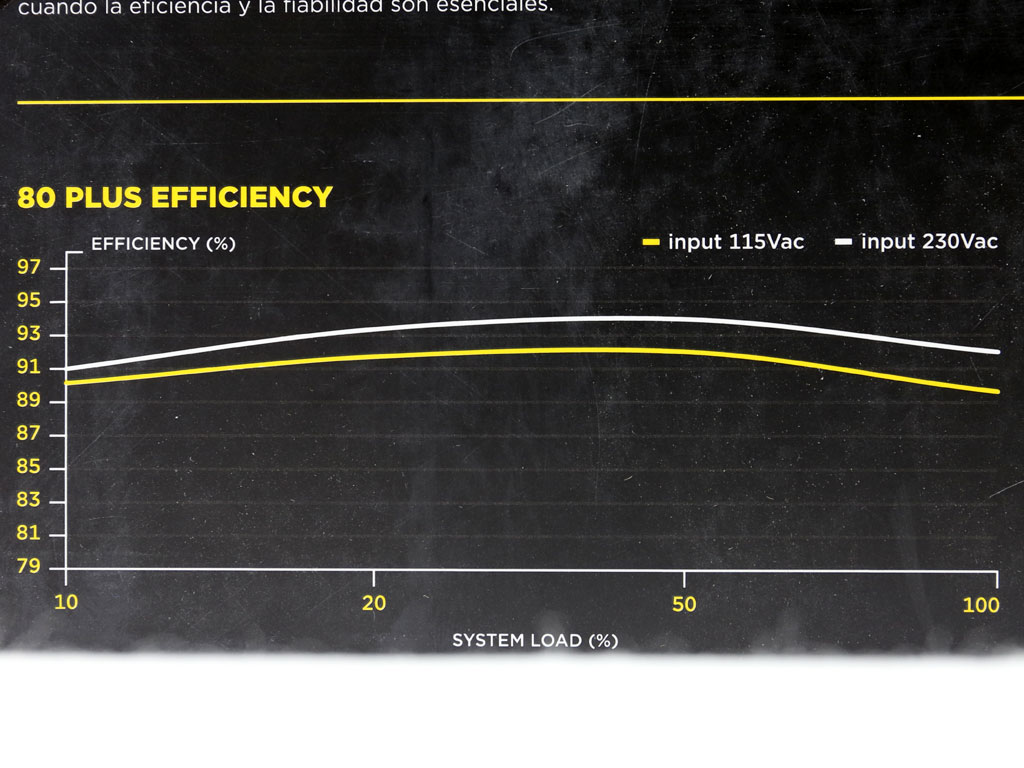
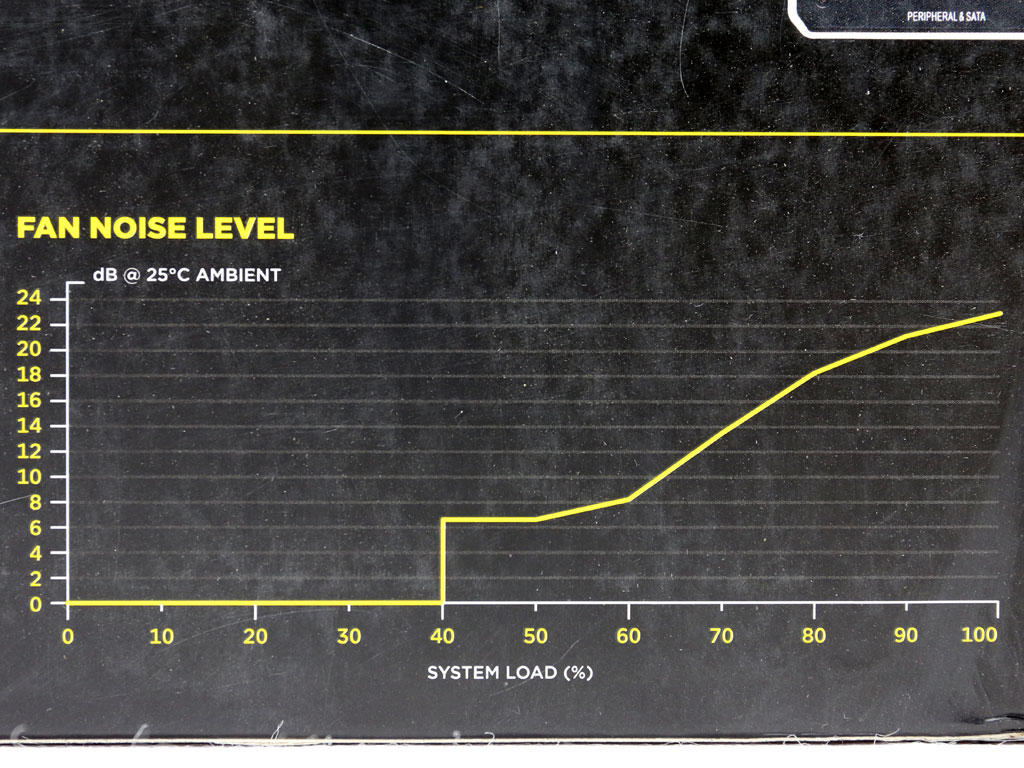
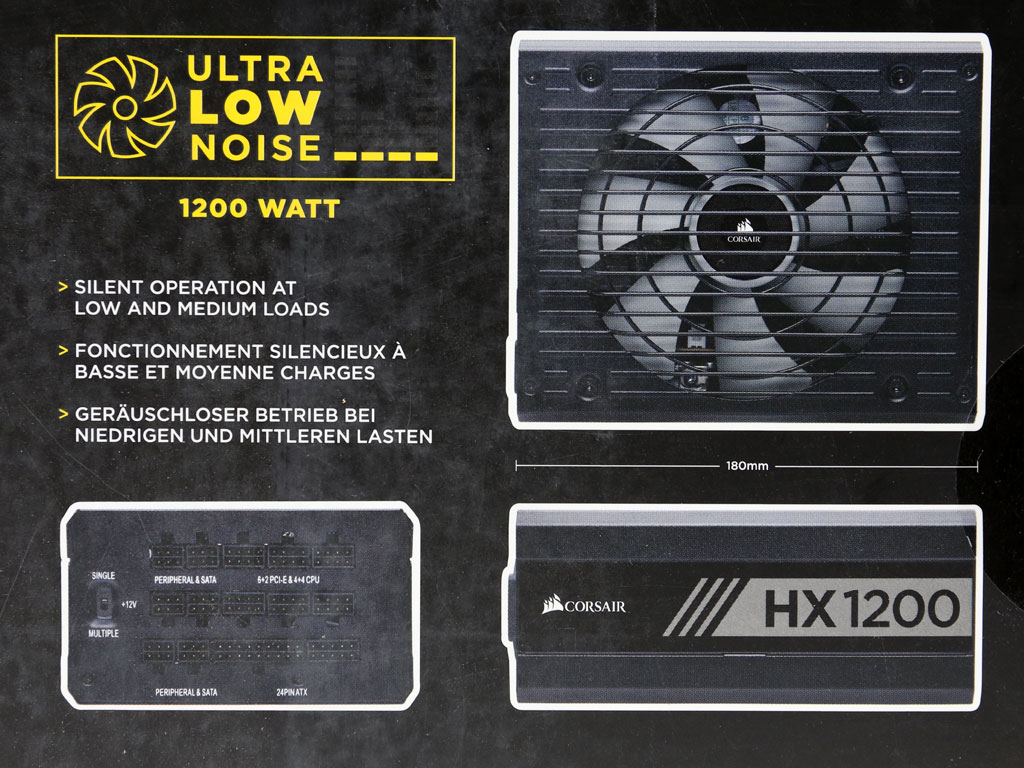
Corsair's box is huge. On its front is a quarter-shot of the PSU with its modular panel shown, along with the +12V rail mode switch. On one of the sides, you'll find a cable description list. Around back, there are efficiency and fan noise curves, a power specifications table, and a diagram showing the PSU's dimensions.
Contents
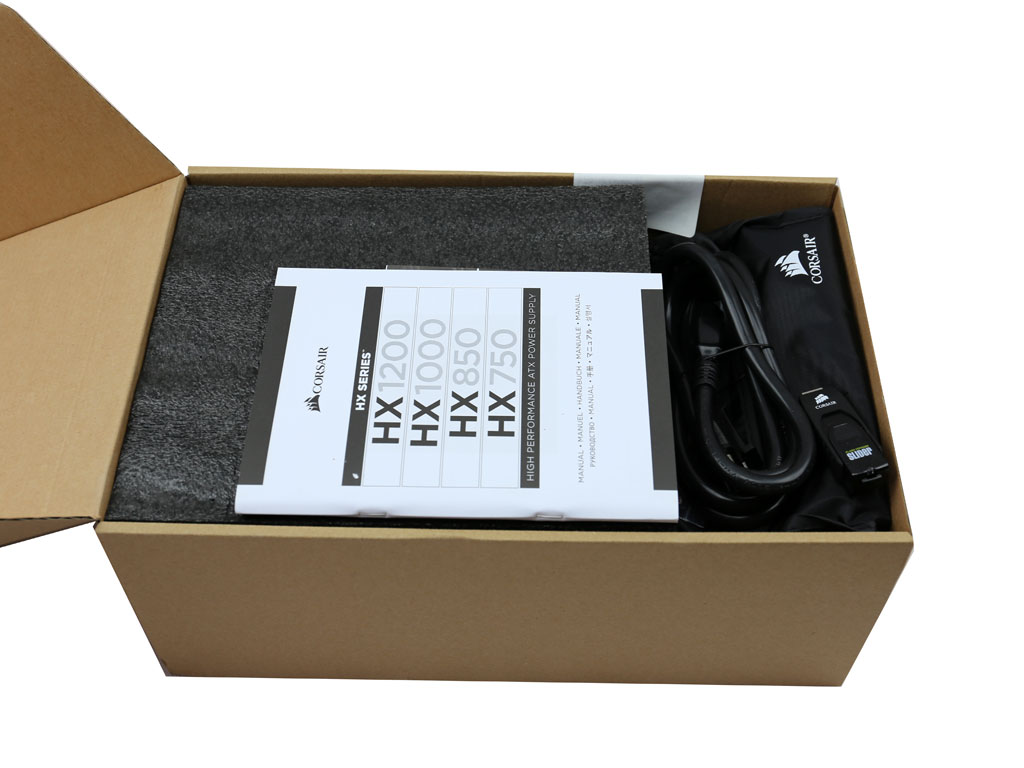
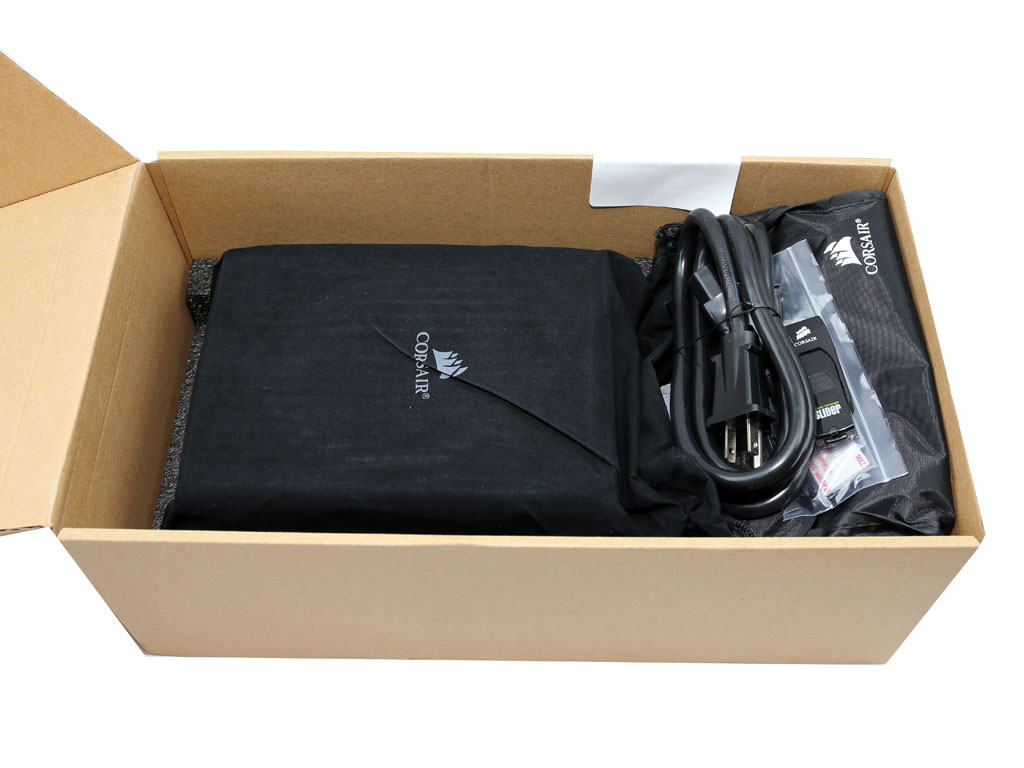
The protection inside of the box is great thanks to two packing foam pieces surrounding the PSU, which itself is stored in a velvet bag. That's a nice (and luxurious) touch.

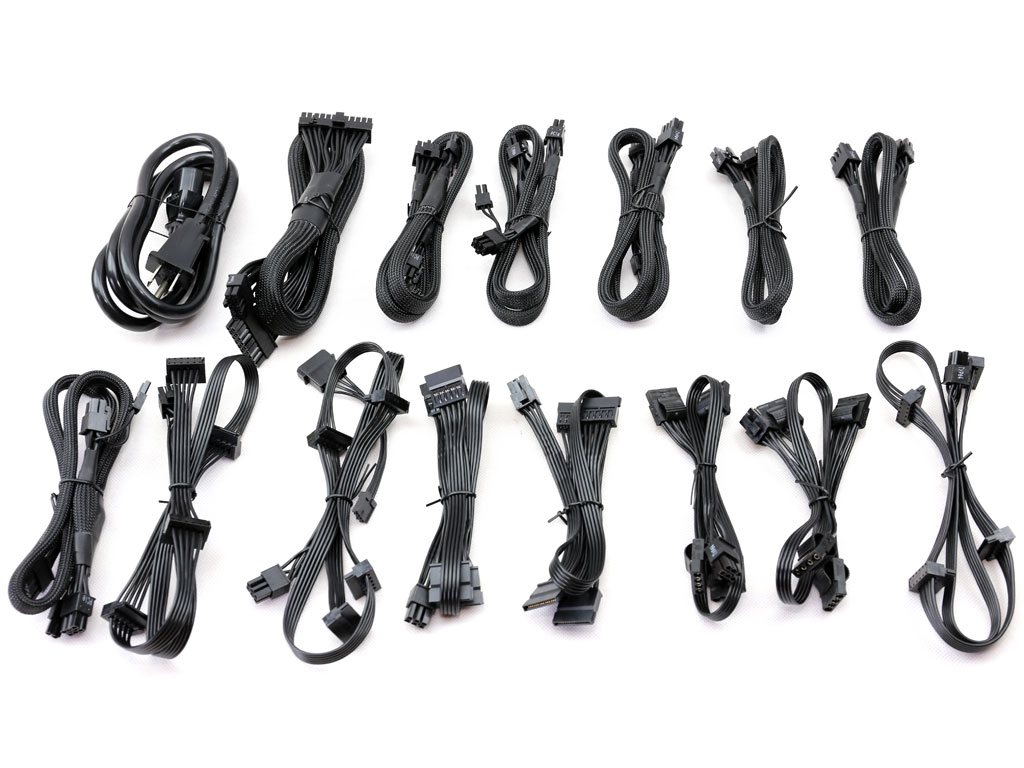
Lots of paper material (including a user's manual and warranty guide), along with a case badge, fixing bolts, and zip-ties are bundled with the HX1200. This USB stick is only for reviewers, since it contains information about the PSU.
As you can see in the second photo above, the number of provided cables is huge.
Exterior
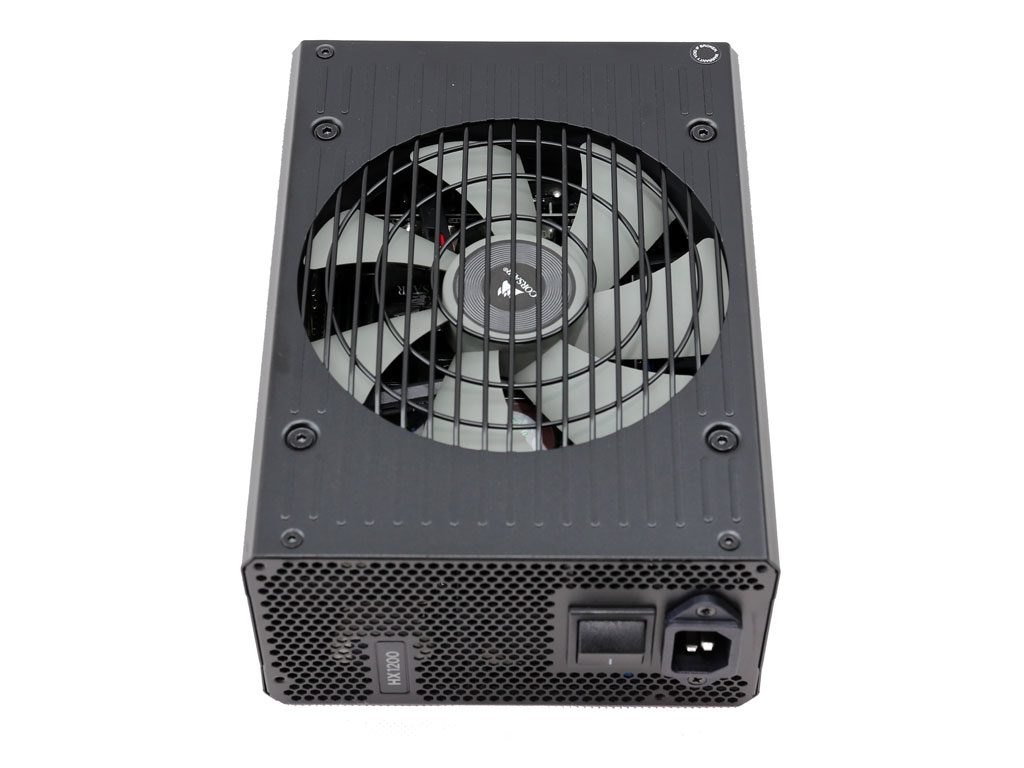
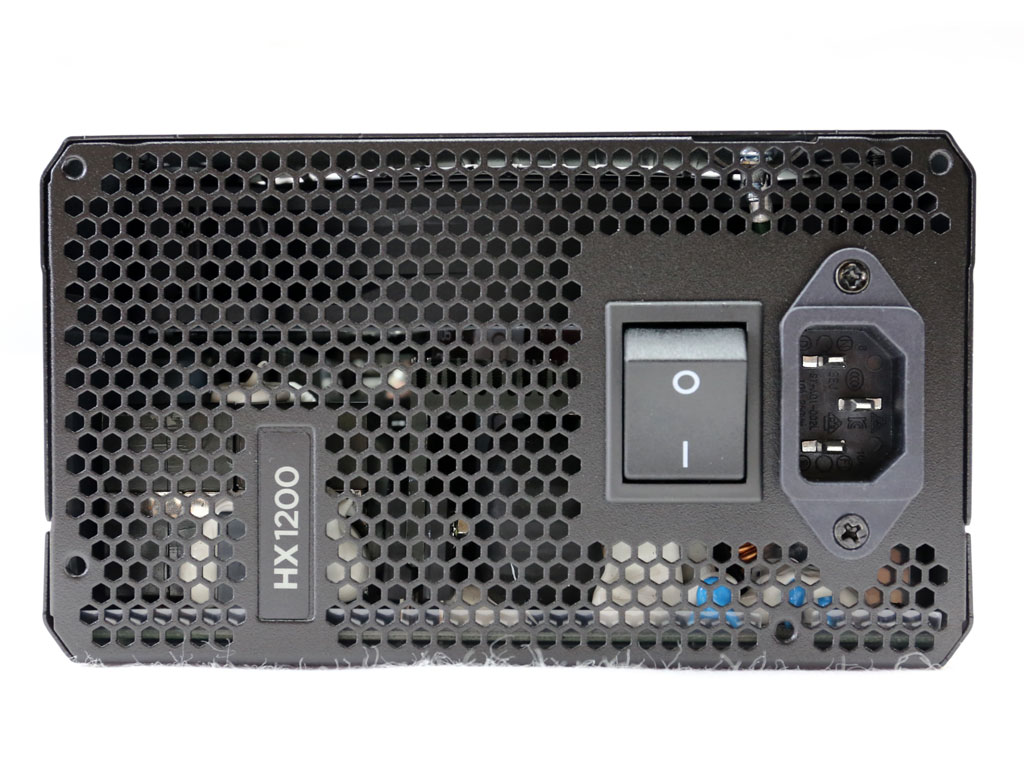
The PSU is large, and only the top side of its chassis makes it look different from the competition.
There's a heavy-duty power switch next to the AC receptacle.
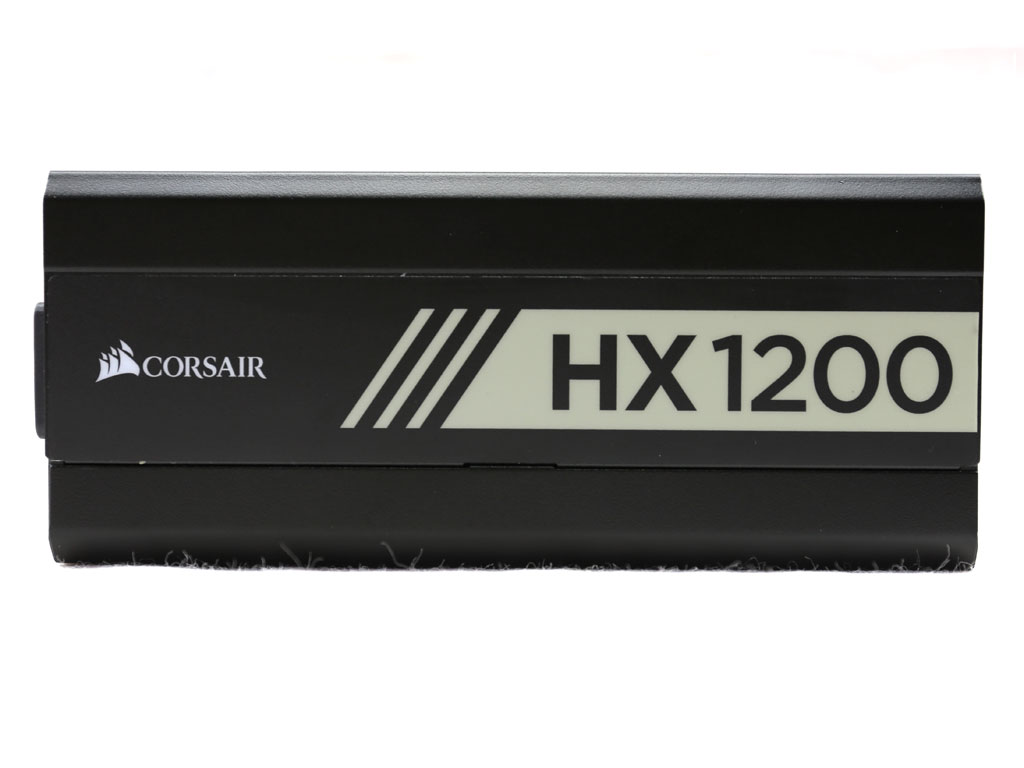
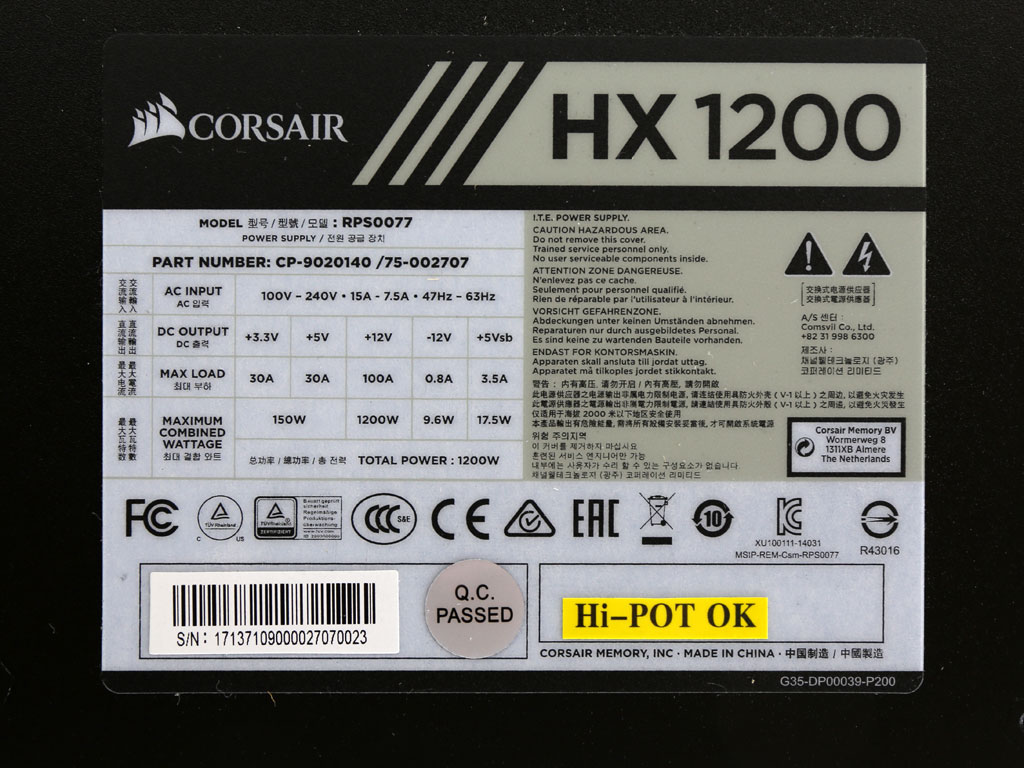
On the sides, large decals show the model number. A power specifications label is affixed to the PSU's bottom.
Get Tom's Hardware's best news and in-depth reviews, straight to your inbox.
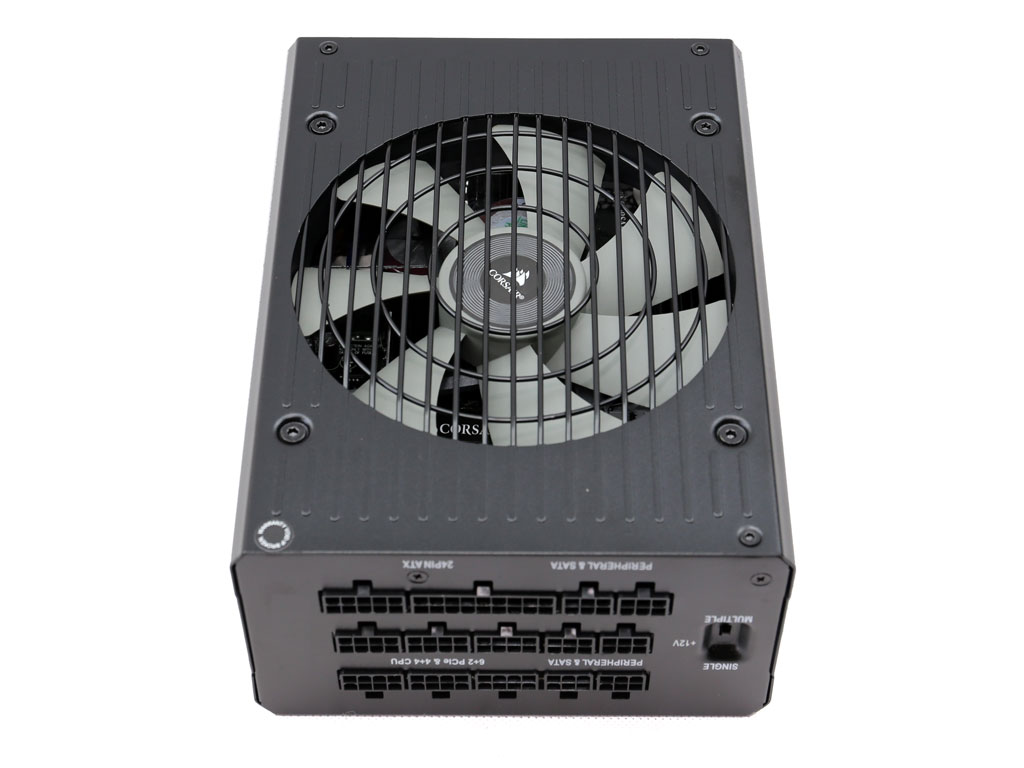
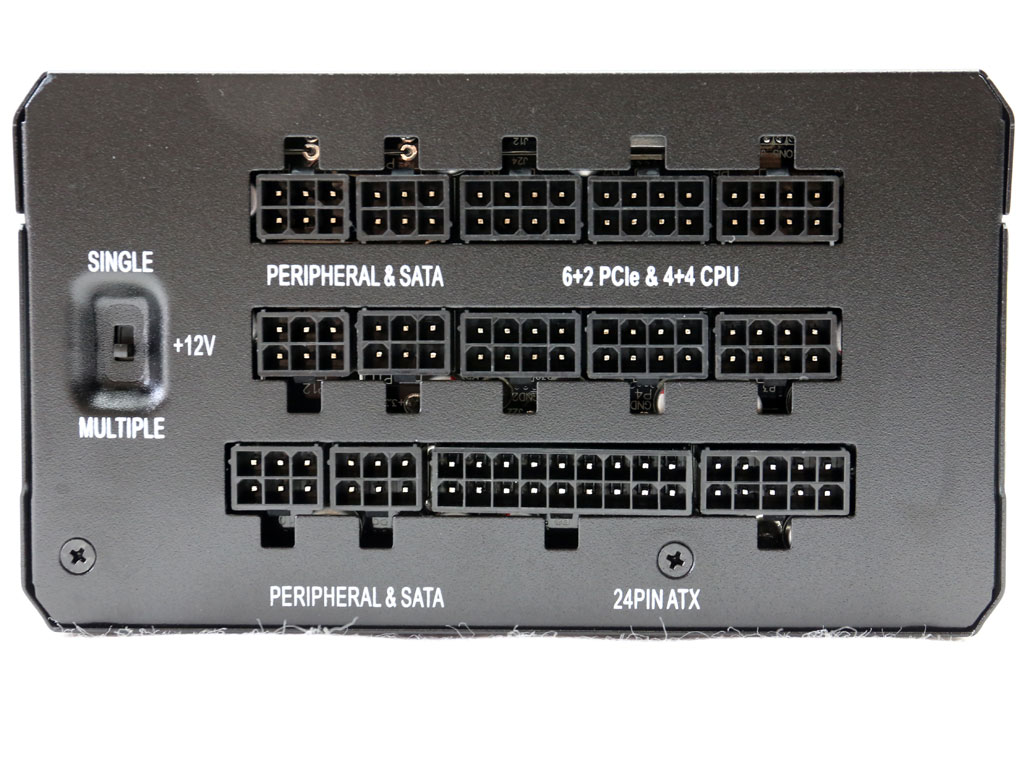
The modular panel includes a staggering 14 sockets. There's a switch for selecting the +12V rail mode on this side as well. Choose carefully before installing the HX1200; that switch won't be easily accessible once everything's in place.
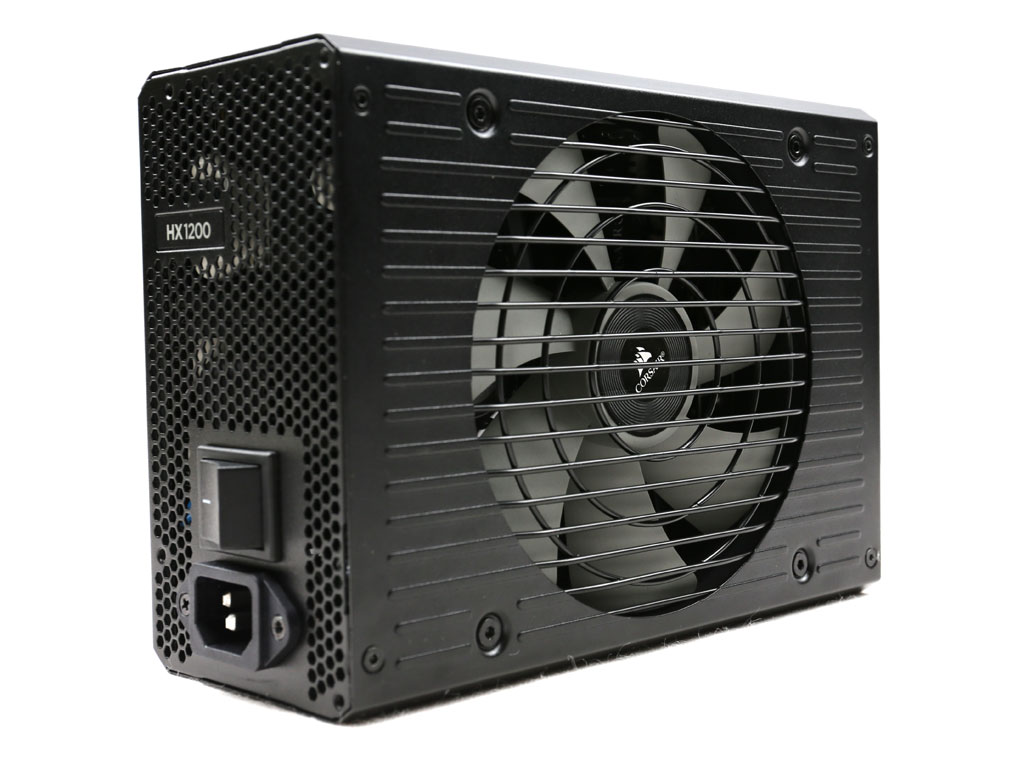
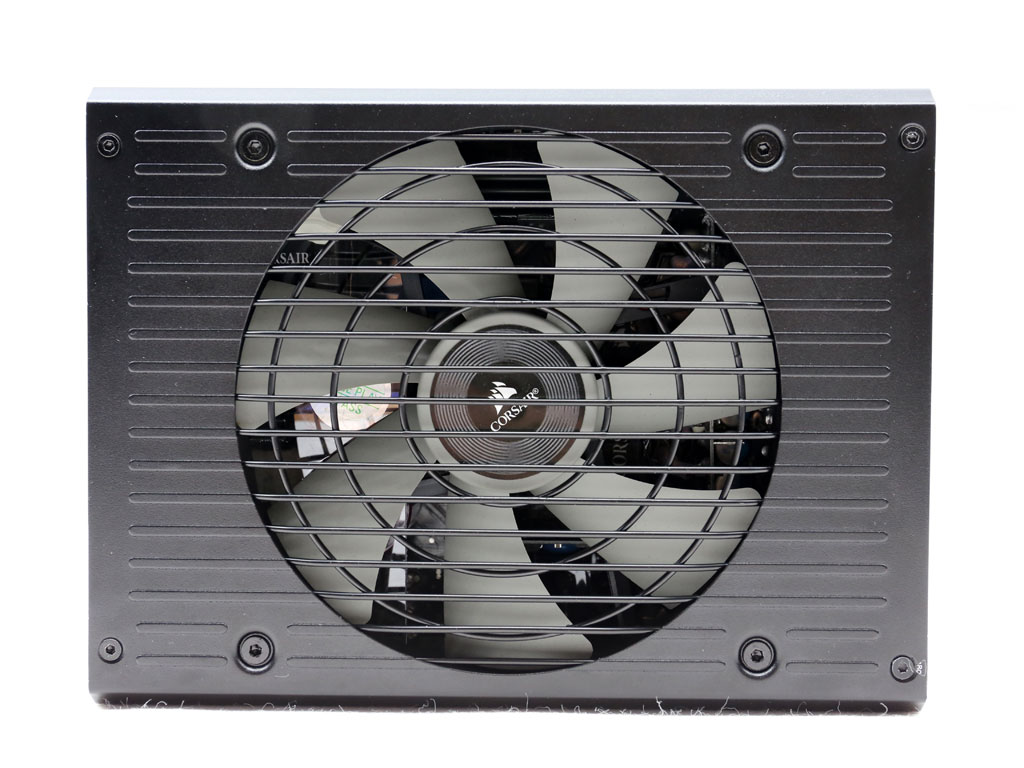
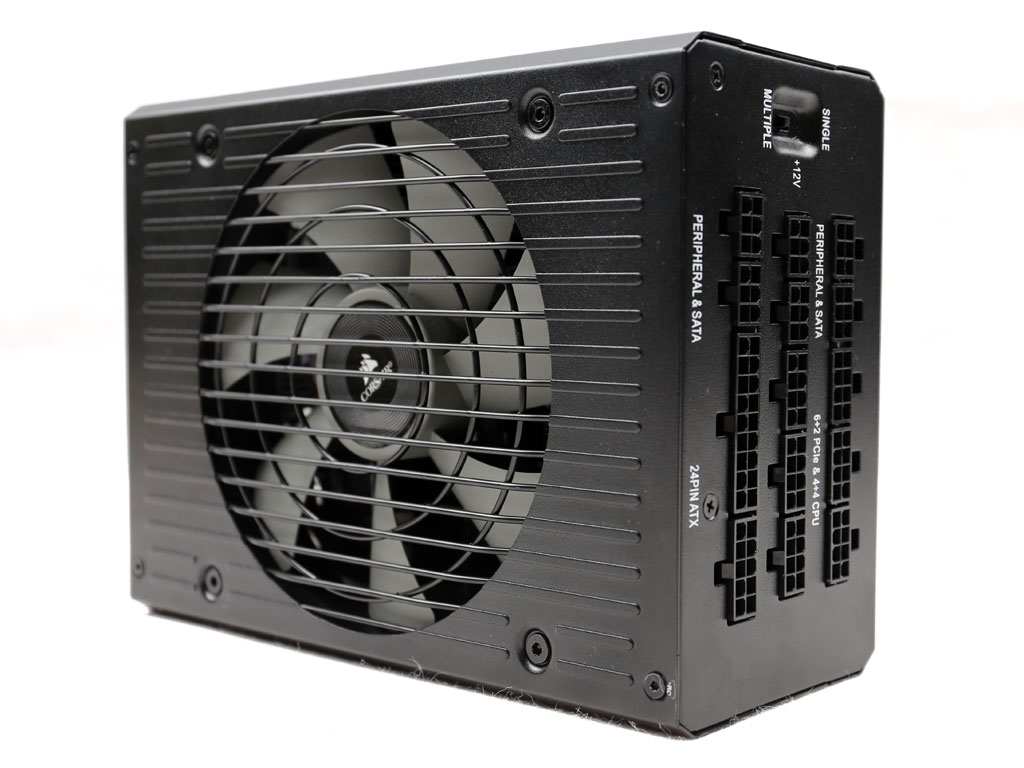
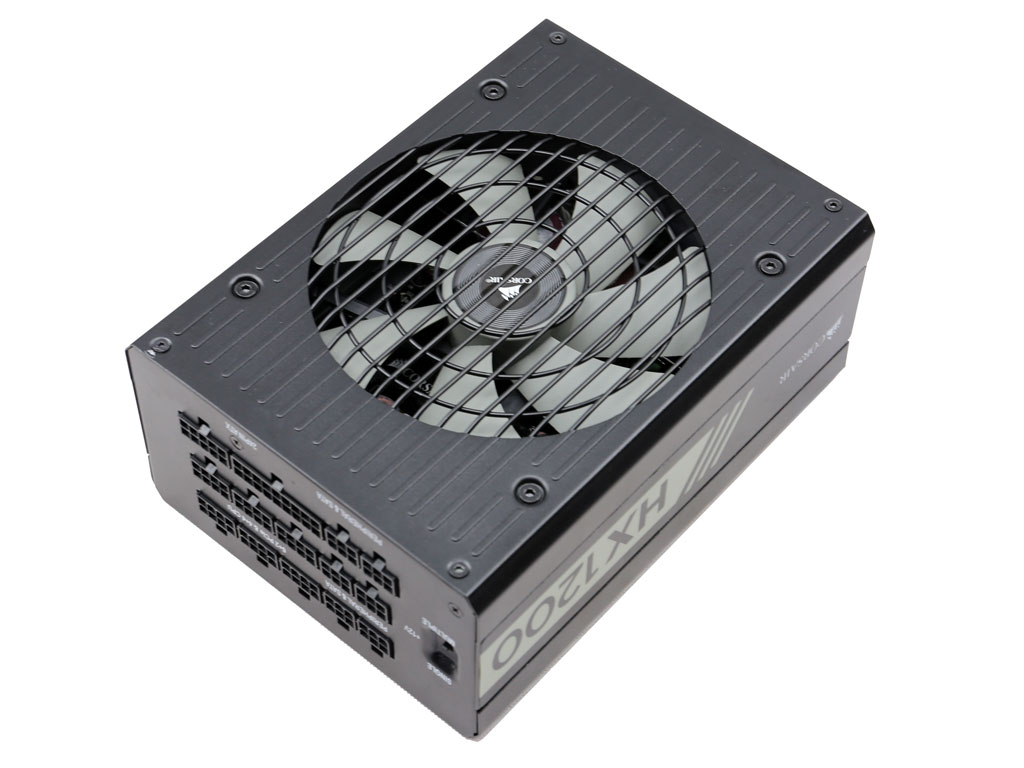
Here are a few more photos of the PSU showing its large dimensions. Some cases might have compatibility issues with 20cm of depth, so do some research before buying a HX1200.
Cabling
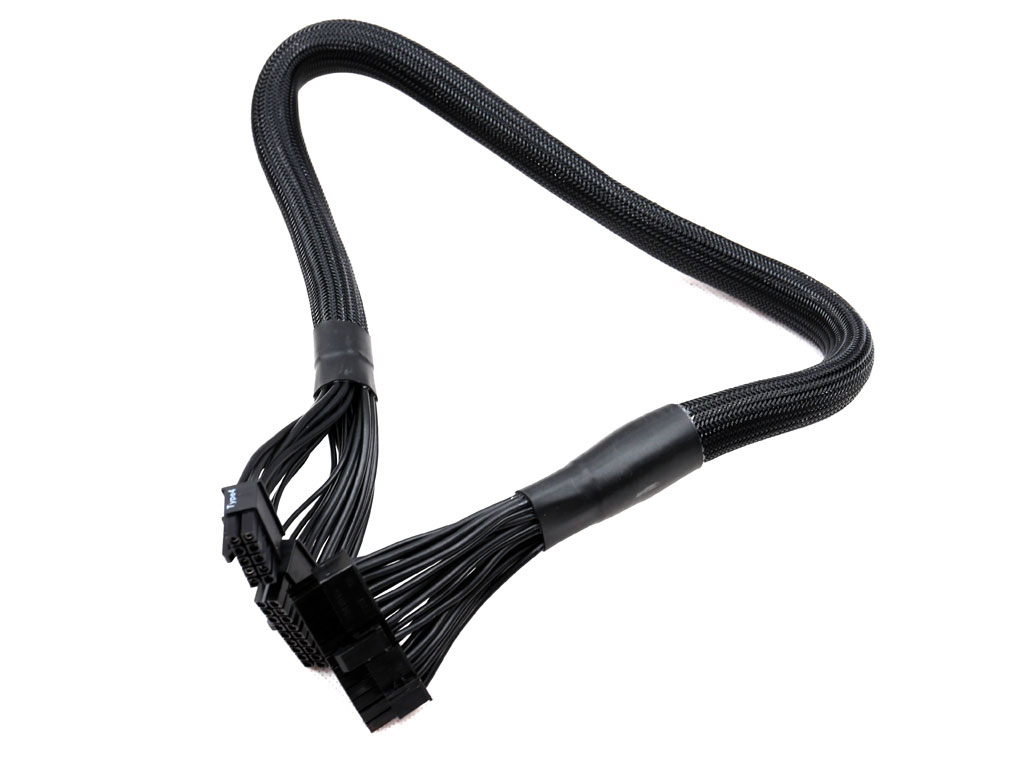

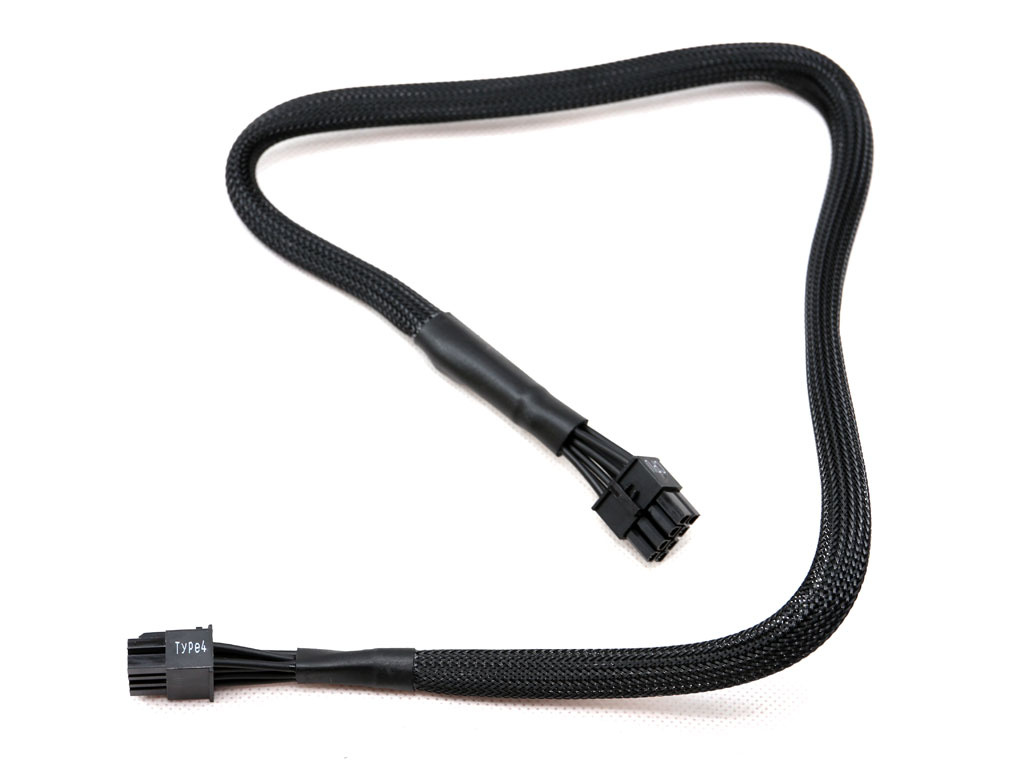
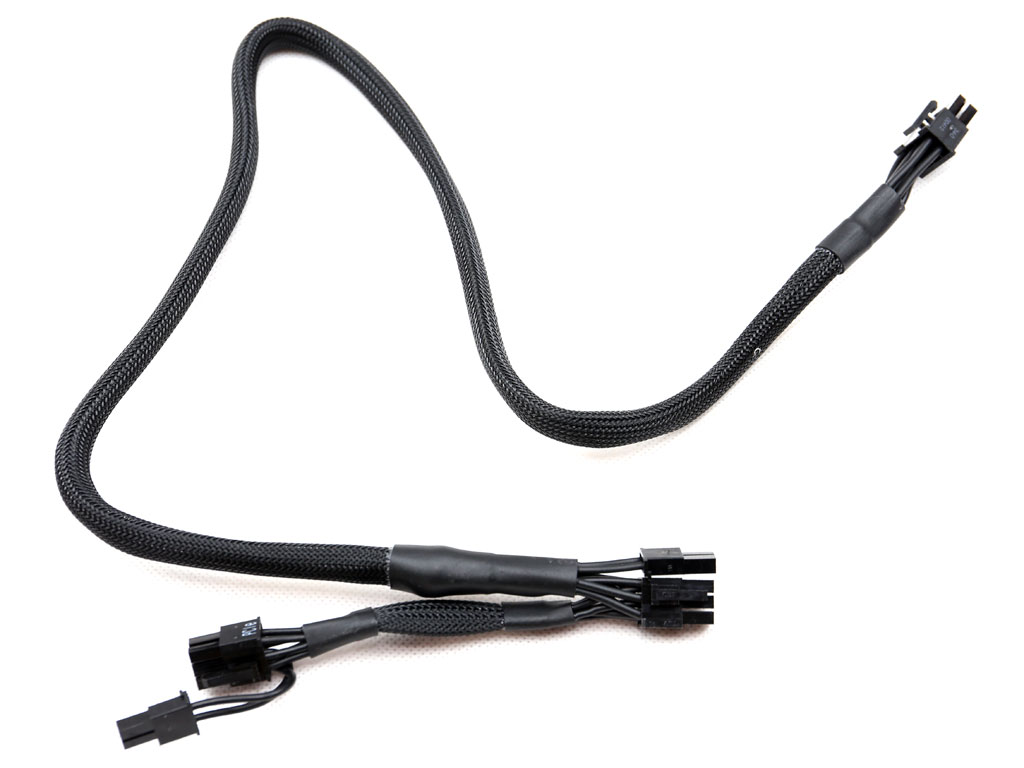
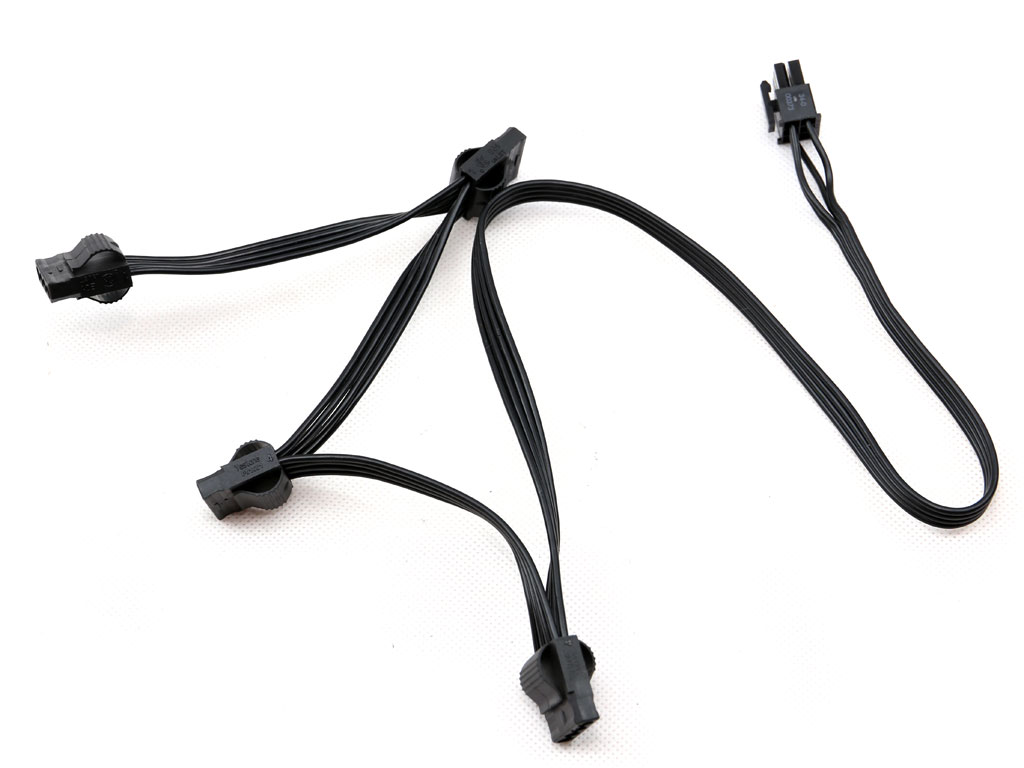
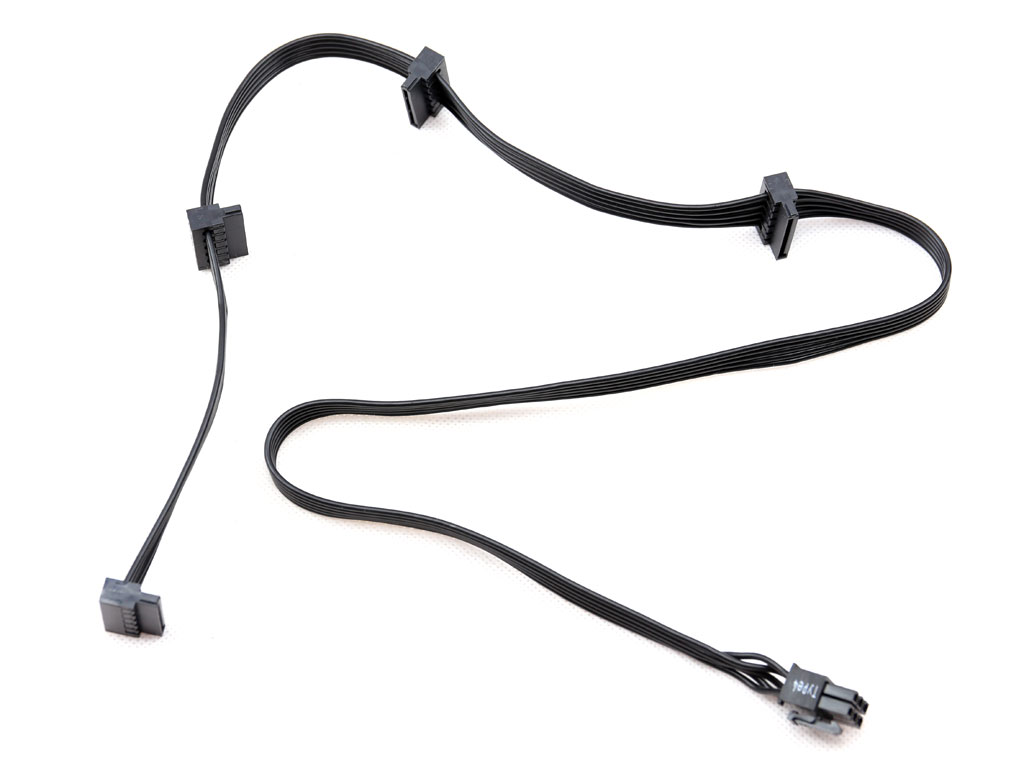
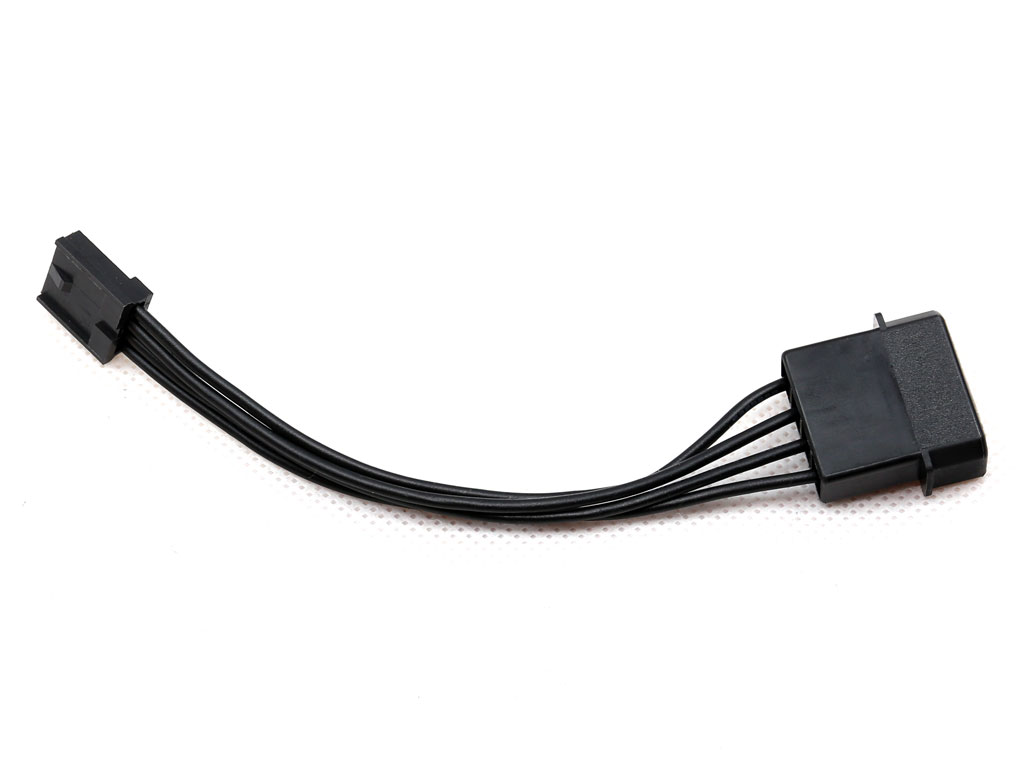
The HX units (along with the RMi and RMx) use Corsair's newer “Type 4” cable set, while the HXi models use the "Type 3" cables. Really, the only difference between them is their eight-pin (EPS and PCIe) cables, where the newer version uses extra ripple filtering caps, and on the 24-pin connector where the Type 4 has four more pins. Those are sense wires for tighter load regulation. You can find more information about the Type 4 cables here.
MORE: Best Power Supplies
MORE: How We Test Power Supplies
MORE: All Power Supply Content
Current page: Packaging, Contents, Exterior & Cabling
Prev Page Features & Specifications Next Page Teardown & Component Analysis
Aris Mpitziopoulos is a contributing editor at Tom's Hardware, covering PSUs.
-
davidgirgis In the Conclusion, 'TO' should be 'To'; and 'demands' should be 'depends'; and 'product' should be 'protect'.Reply -
grozzie Not another plug/connector change!. I, like many people on this site, build custom PC's, part of which includes sleeved cables. One bug bear is 2 wires into 1, which is a in in the arse. I personally like the HXi series of Corsair PSU's which only have one such connection. I also think the 24 pin ATX supply is outdated and needs revision. I can't see the point of supplying motherboards with 3.3 and 5v rails. If only 12v was supplied with any or all voltage reduction made on board life would be so much simpler and neater. By providing more noise reduction at source (the PSU) gives Motherboard manufacturers an open cart to reduce the quality of voltage regulation i.e capacitor quality, on the motherboard. Is there really a need for another PSU on the market?Reply -
panathas On the specifications table it says: "Efficiency: 80 PLUS Gold, ETA-B", which is wrong since this is a Platinum PSU.Reply -
10tacle ^^What are you talking about? Register and get on Corsair's support forums:Reply
https://sso.corsair.com/idp/AuthnEngine#/authn
Of course they have a customer support phone number: 888-222-4346 (North America customers).
Anyway, back on topic, first the $#@! miners have negatively impacted our GPU market, and now they may negatively impact our PSU market. :fou: What makes this really aggravating is that the PSU makers really can't prove a PSU was used 7x24 for heavy mining operation.
Worse, even if PSU vendors like Corsair offer a mining-specific PSU for less money with just say a 2-3 year warranty, nothing would stop the miners from buying the full 10-year variant. This mining craze is becoming a real pain to we PC enthusiasts. -
10tacle You are making everyone's head hurt. If you want to complain about Corsair, then do so on Corsair's customer support forums and social media. Also, just FYI, Tom's only reviews what is sent to them. They do not go "cherry pick" buy products and review them. For someone who is an alleged "original reader" of Tom's I'd have expected you to understand that.Reply -
jonnyguru Reply20057343 said:Not another plug/connector change!. I, like many people on this site, build custom PC's, part of which includes sleeved cables. One bug bear is 2 wires into 1, which is a in in the arse. I personally like the HXi series of Corsair PSU's which only have one such connection. I also think the 24 pin ATX supply is outdated and needs revision. I can't see the point of supplying motherboards with 3.3 and 5v rails. If only 12v was supplied with any or all voltage reduction made on board life would be so much simpler and neater. By providing more noise reduction at source (the PSU) gives Motherboard manufacturers an open cart to reduce the quality of voltage regulation i.e capacitor quality, on the motherboard. Is there really a need for another PSU on the market?
Bro.. You're all over the place. :D
So only the 24-pin is pin incompatible with the Type 3 cables. And yes... it's because of the extra sense wires. If you're really going to get all wound up about having to do 2-to-1 wires when doing custom cables, you know what you should do? Don't do 2-to-1 wires. They're only sense wires. The lack of them doesn't prevent the PSU from working. It'll just make your voltage regulation "as bad" as any other PSU that doesn't have the sense wires.
Yes. The ATX spec is out of date. But Intel wrote it and nobody is going ot implement a new standard without Intel's blessing. They even released a whole new ATX design guide last month that changes almost everything (T1 timing, T3 timing, standby efficiency..) but DID NOT TOUCH the pinout (they made -12V "optional", but that's hardly much of a change).
-
beatnutz Jellwood: I find it hard to believe that someone who does not know how to write a proper sentence is preparing any students for anything. Let alone the ACT.Reply -
beatnutz Jellwood: I find it hard to believe that someone who does not know how to write a proper sentence is preparing any students for anything. Let alone the ACT.Reply